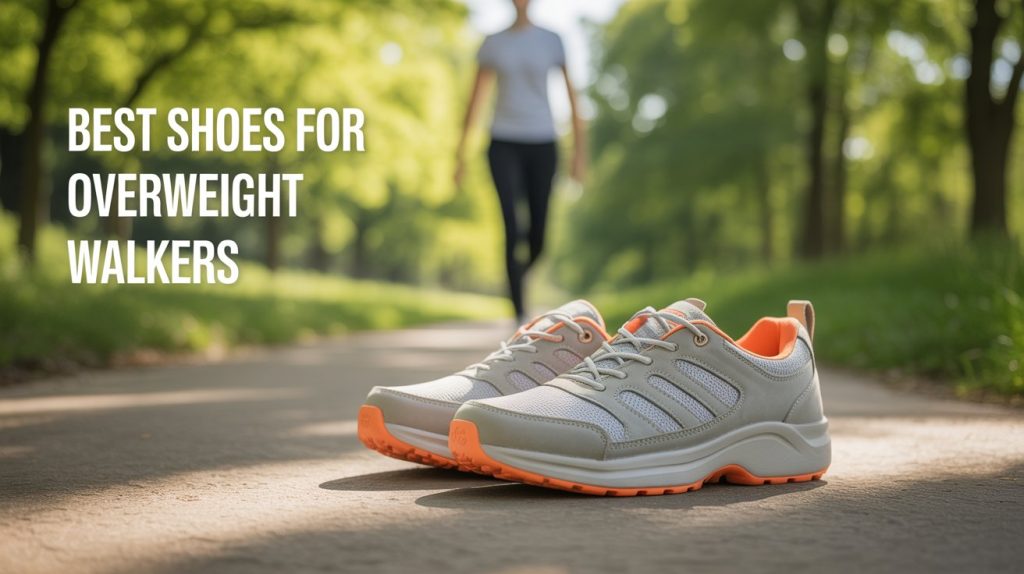This guide will help you navigate the options and choose a shoe tailored to your specific needs, focusing on key features such as cushioning, stability, and overall comfort. We’ve reviewed top-rated shoes to help you make an informed decision.
1. Brooks Women’s Ariel GTS

The Brooks Women’s Ariel GTS 24 offers maximum support and comfort. It features nitrogen-infused DNA Loft v3 cushioning and GuideRails technology. This Brooks model is a certified diabetic shoe with APMA Seal of Acceptance. Provides a secure and roomy fit. DNA Loft v3 Cushioning GuideRails Holistic Support Certified PDAC A5500 Diabetic Shoe APMA Seal of Acceptance
Key Features
- DNA Loft v3 Cushioning
- GuideRails Holistic Support
- Certified PDAC A5500 Diabetic Shoe
- APMA Seal of Acceptance
Pros
- Excellent cushioning
- Superior stability
- Roomy fit
- Diabetic-friendly
Cons
- Pricey
- May not suit all foot types
Best for: Walkers needing maximum support and cushioning.
Why buy: Exceptional comfort and stability for long walks. Excellent choice for those with diabetes or foot sensitivity.
2. New Balance Men’s Fresh

The New Balance Fresh Foam 680 V8 offers a lightweight and ultra-cushioned ride. It features a precision-engineered knit upper and an integrated rubber outsole. Made with bio-based content to reduce carbon footprint. Provides a comfortable and breathable experience. Fresh Foam Midsole Bio-based Content Precision-Engineered Knit Upper Integrated Rubber Outsole
Key Features
- Fresh Foam Midsole
- Bio-based Content
- Precision-Engineered Knit Upper
- Integrated Rubber Outsole
Pros
- Lightweight
- Comfortable
- Breathable upper
- Good cushioning
Cons
- May lack stability for some
- Durability could be improved
Best for: Walkers seeking a lightweight, comfortable shoe.
Why buy: Provides a balance of comfort and lightweight design. Great for daily walks and light exercise.
3. Skechers Men’s D’lux Walker

The Skechers Men’s D’lux Walker Pensive Oxford is a comfortable, athletic-styled walking shoe. Features memory foam for cushioning and a supportive cushion sole. Simple and durable design. Affordable price point. Memory Foam Cushion Sole Durable Construction Athletic Style
Key Features
- Memory Foam
- Cushion Sole
- Durable Construction
- Athletic Style
Pros
- Affordable
- Comfortable
- Durable
- Good for everyday use
Cons
- Limited support
- May lack cushioning for long walks
Best for: Casual everyday walkers.
Why buy: Offers good value for money and everyday comfort. Ideal for shorter walks and everyday wear.
Buying Guide- Choosing the Best Best shoe for overweight walkers
Choosing the best shoes for overweight walkers involves considering several key factors. First, prioritize cushioning. A substantial midsole is essential for absorbing impact and reducing stress on your joints, especially knees and ankles. Look for shoes with ample cushioning materials like EVA foam, PU foam, or specialized technologies such as Brooks’ DNA Loft or New Balance’s Fresh Foam. These materials provide exceptional shock absorption, making each step more comfortable and reducing the strain on your body.
Secondly, stability is paramount. Overweight individuals often require additional support to prevent overpronation or supination, which can lead to injuries. Look for shoes with features like motion control or stability posts. These features help guide your foot through its natural gait cycle, providing stability and preventing excessive inward or outward rolling. Features such as a wider base or firm midsole also enhance stability. Pay close attention to the shoe’s structure and how it feels on your feet; a secure and stable fit is key.
Finally, consider the overall fit and comfort. A comfortable shoe should feel secure but not constricting. Overweight individuals often have wider feet, so choosing a shoe with a wider fit or buying a half-size larger might be necessary to avoid discomfort. Consider trying the shoes on at a store to ensure a proper fit. Look for breathable materials to keep your feet cool and dry, and assess the flexibility of the sole to ensure it adapts to your movement. Remember that regular replacement of your walking shoes is crucial to maintain adequate support and prevent injuries.
Prepare the surface well: clean, fill dents, sand lightly, and use a bonding primer where needed. Good prep is 70% of the result.
Choose the right finish for the room: matte hides flaws, satin balances look/durability, semi-gloss is most wipeable for kitchens/baths.
FAQs
How often should I replace my walking shoes?
Walking shoes should generally be replaced every 300-500 miles or 6-12 months, whichever comes first, to maintain adequate support and cushioning.
What is the significance of cushioning in walking shoes?
Cushioning helps absorb impact, protecting your joints (knees, ankles, hips) from excessive stress during walking.
How important is stability in walking shoes for overweight individuals?
Stability features prevent overpronation or supination, reducing the risk of injuries and providing a more controlled gait.
Should I buy a wider shoe if I’m overweight?
Often, yes. Overweight individuals may have wider feet, making a wider fit more comfortable and supportive.
Are there specific features to look for in shoes designed for diabetic walkers?
Yes, some shoes like the Brooks Ariel GTS 24 are certified as diabetic shoes and offer features to promote optimal foot health.
Conclusion
Selecting the right footwear is a vital step in maintaining a safe and enjoyable walking routine for overweight individuals. By prioritizing cushioning, stability, and a comfortable fit, you can significantly reduce the risk of injury and maximize the benefits of your walks. Remember to consider your specific needs and preferences when making your decision and consult with a podiatrist if you have any specific foot conditions or concerns.
Disclosure: As an Amazon Associate we earn from qualifying purchases. Prices change frequently; confirm on Amazon.





